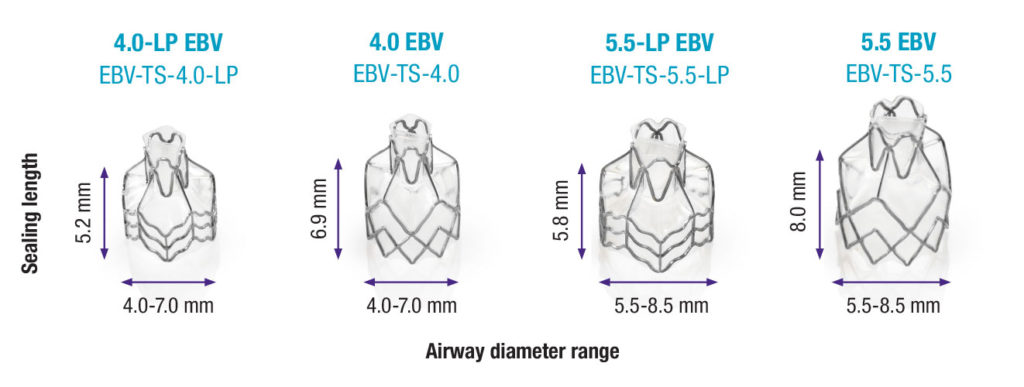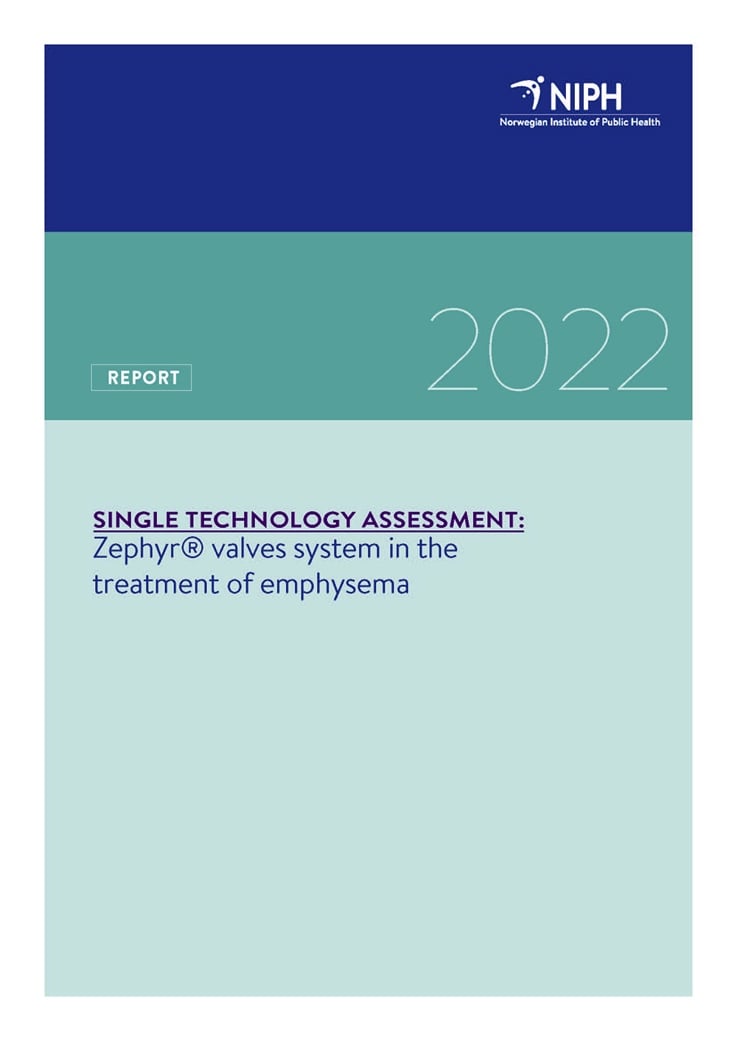How Long Do Zephyr Valves Last

Imagine breathing feeling like a constant struggle, each inhale a conscious effort, each exhale a fleeting victory. For many individuals battling severe emphysema, this is their daily reality, a life lived in the shadow of breathlessness. But amidst this struggle, a beacon of hope shines: the Zephyr Valve, a tiny device promising a breath of fresh air and a chance to reclaim a life limited by lung disease.
The Zephyr Valve, a minimally invasive treatment for severe emphysema, has offered substantial relief for many patients. A crucial question on the minds of both patients and physicians is: how long do these valves actually last? This article explores the longevity of Zephyr Valves, examining the factors influencing their lifespan and the long-term impact on patients' quality of life.
Understanding Emphysema and the Zephyr Valve
Emphysema, a form of chronic obstructive pulmonary disease (COPD), progressively damages the air sacs (alveoli) in the lungs. This damage leads to hyperinflation, where air gets trapped in the lungs, making it difficult to breathe. The trapped air compresses healthier regions of the lungs, hindering their ability to function efficiently.
The Zephyr Valve works by blocking airflow to the most diseased parts of the lung, allowing the healthier regions to expand and function better. These tiny one-way valves are placed in the airways during a bronchoscopy, a minimally invasive procedure.
This redirection of airflow reduces hyperinflation and improves breathing mechanics. Consequently, patients often experience improved lung function, reduced breathlessness, and enhanced exercise capacity.
The Question of Longevity: What Do the Studies Say?
Determining the long-term effectiveness of any medical device is critical. Clinical trials and real-world data are essential to understanding how long the Zephyr Valves can provide benefit and to identify potential issues that may arise over time.
Several studies have investigated the durability of Zephyr Valves. Initial clinical trials, such as the LIBERATE study, demonstrated significant improvements in lung function and quality of life for up to one year post-implantation.
However, the question of longer-term durability requires analyzing data collected over several years. Fortunately, several long-term follow-up studies have provided valuable insights.
Key Studies and Findings
A pivotal study published in the American Journal of Respiratory and Critical Care Medicine followed patients for five years after Zephyr Valve implantation. The results showed that the benefits observed at one year were largely maintained at five years.
Specifically, patients continued to experience improved lung function (FEV1), reduced breathlessness, and better quality of life compared to baseline. Importantly, the study also highlighted the importance of patient selection, noting that individuals with minimal collateral ventilation in the treated lobe tend to experience the most sustained benefits.
Another study, the IMPACT trial, also reported positive long-term outcomes with Zephyr Valves. Researchers followed patients for three years and found continued improvements in lung function and exercise capacity.
These findings are encouraging, suggesting that Zephyr Valves can offer a durable solution for carefully selected patients with severe emphysema. However, these studies also emphasize the need for ongoing monitoring and management.
Factors Influencing Valve Longevity
While studies indicate a generally positive long-term outlook, the lifespan of Zephyr Valves can be influenced by several factors. These include individual patient characteristics, the progression of emphysema, and potential complications.
Patient Selection: As mentioned earlier, proper patient selection is paramount. Patients with minimal collateral ventilation, meaning minimal airflow between lung lobes, tend to have better and more sustained outcomes.
Disease Progression: Emphysema is a progressive disease, and even with Zephyr Valves, the underlying condition can continue to worsen in other parts of the lungs. Managing COPD with medications, pulmonary rehabilitation, and lifestyle modifications remains crucial.
Valve Migration or Malfunction: Although rare, valve migration (movement from its intended position) or malfunction can occur over time. Regular monitoring through imaging and pulmonary function tests can help detect these issues early.
Inflammation and Infection: While the Zephyr Valves themselves are biocompatible, any significant inflammation or infection in the lungs can potentially impact their function and longevity.
Monitoring and Management After Zephyr Valve Implantation
Long-term monitoring is crucial for ensuring the continued effectiveness of Zephyr Valves. Regular follow-up appointments with a pulmonologist are essential to assess lung function, manage COPD symptoms, and detect any potential complications.
Pulmonary function tests, such as spirometry, help track changes in lung function over time. Imaging studies, like chest X-rays or CT scans, can help visualize the position of the valves and identify any signs of valve migration or other issues.
Pulmonary rehabilitation remains a vital component of long-term management. It helps patients improve their exercise capacity, manage breathlessness, and enhance their overall quality of life.
"The key to long-term success with Zephyr Valves lies not only in the initial implantation but also in diligent follow-up and comprehensive COPD management," emphasizes Dr. [Hypothetical Pulmonologist Name], a leading expert in bronchoscopic lung volume reduction.
Potential Complications and Interventions
While Zephyr Valves are generally safe and well-tolerated, potential complications can arise. These include pneumothorax (collapsed lung), pneumonia, and valve migration.
Pneumothorax is the most common complication, typically occurring shortly after the procedure. It is usually managed with a chest tube.
Valve migration is less common but can occur over time. In some cases, a migrated valve may need to be repositioned or removed.
Prompt recognition and management of these complications are crucial for maintaining the long-term benefits of the Zephyr Valves. Patients should be educated about potential warning signs and instructed to seek medical attention if they experience any concerning symptoms.
The Zephyr Valve and Quality of Life
Beyond the objective measures of lung function, the Zephyr Valve can have a profound impact on patients' quality of life. Improved breathing can lead to increased activity levels, reduced reliance on supplemental oxygen, and a greater sense of independence.
Many patients report being able to participate in activities they had previously given up due to breathlessness. This can include simple things like walking, gardening, or spending time with loved ones.
The psychological benefits of improved breathing should not be underestimated. Reduced breathlessness can alleviate anxiety and depression, leading to a more positive outlook on life.
Looking Ahead: Future Research and Innovations
Research on bronchoscopic lung volume reduction continues to evolve. Scientists are exploring new valve designs, improved patient selection criteria, and strategies to enhance long-term outcomes.
One area of focus is on developing more sophisticated imaging techniques to better assess collateral ventilation and predict patient response to Zephyr Valves. Another area involves exploring combination therapies that combine Zephyr Valves with other COPD treatments, such as medications or pulmonary rehabilitation.
These advancements hold the promise of further improving the long-term effectiveness and safety of Zephyr Valves, expanding their reach to even more patients with severe emphysema.
Conclusion: A Breath of Hope, Sustained
The Zephyr Valve represents a significant advancement in the treatment of severe emphysema. While individual experiences may vary, studies suggest that the benefits of Zephyr Valves can last for several years, offering patients a sustained improvement in lung function and quality of life.
The long-term success of Zephyr Valves depends on a combination of factors: careful patient selection, diligent monitoring, comprehensive COPD management, and prompt attention to any potential complications.
As research continues to advance and our understanding of emphysema deepens, the Zephyr Valve promises to remain a valuable tool in helping patients breathe easier and live fuller lives, transforming the daily struggle for air into a breath of hope that endures.












+System+Overview.jpg)





